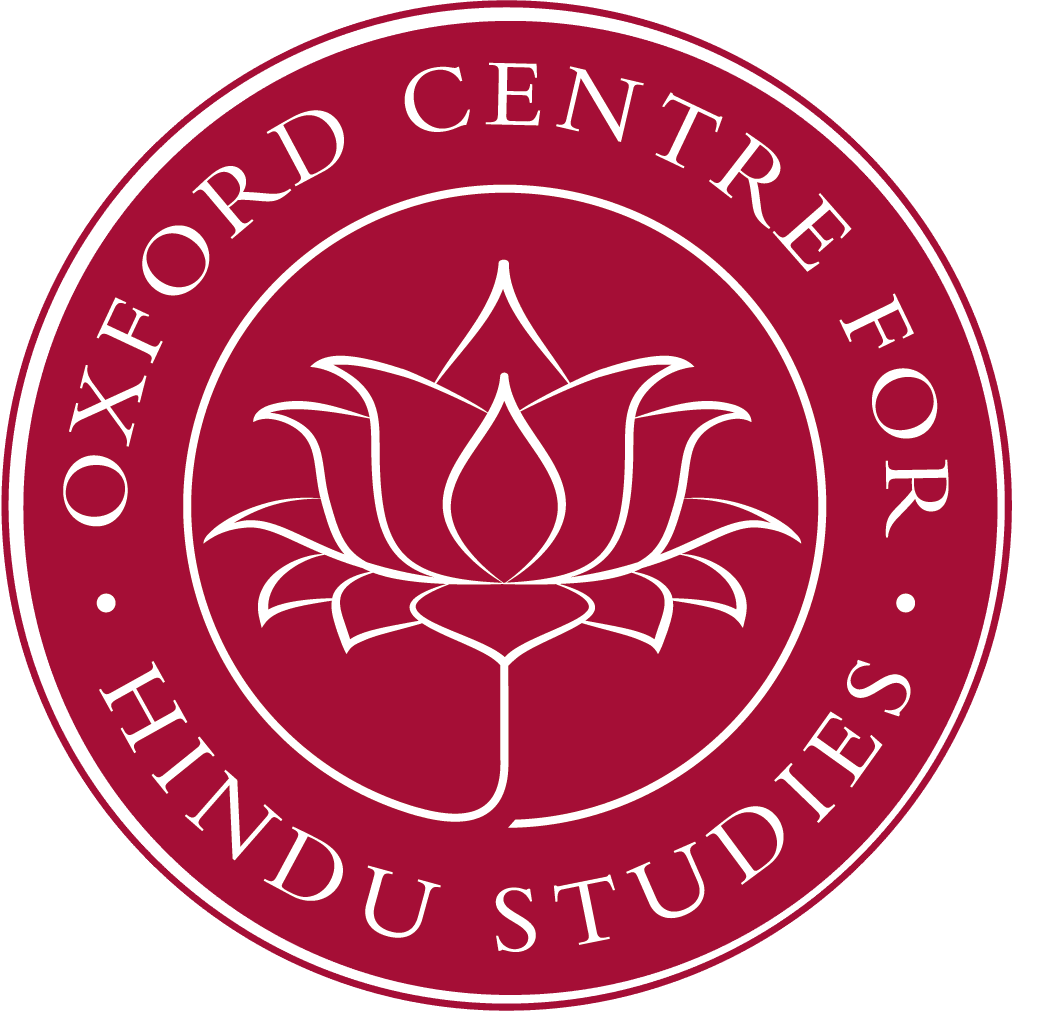Lecture tag: Tantra
Readings in Netra Tantra: Session Two (MT 14)
The Netra Tantra is an important text of Śaiva tantrism popular in Kashmir some time between the eighth and eleventh centuries CE. These readings will use the KSTS edition along with two manuscripts from Nepal.
Vedism and Brahmanism in Buddhist Literature: An Overview (MT 2014)
There is seen the tendency of Vedism and Brahmanism through out the Buddhist literature, right from the early Pāli canon through the Mahāyāna to the late Buddhist Tantric texts. In the Pāli canon, the terms such as veda, vijjā, tevijja, yañña and so on. These terms have basically Vedic connotations; however they have been used in a different, typically Buddhist sense. In the Mahāyāna scriptures, there are a number of Vedic concepts used to praise the Buddhas and the Bodhisattvas. In the Vajrayāna rituals, we find a growing tendency of Vedism and Brahmanism. While borrowing the Vedic and Brahmanical vocabulary, concepts and ritual practices, the Buddhist did not necessarily adhere directly to particular traditions or texts. The proportion of the usage of such vocabulary and ritualistic practices has increased in the Mahāyāna and, more prominently, in late Buddhist Tantric tradition that involved the muttering of various mantras, offerings into fire and other practices, resembling the Vedic and Brahmanical sacrificial ritual.
Readings in the Netra Tantra: Session One (MT 2014)
The Netra Tantra is an important text of Śaiva tantrism popular in Kashmir some time between the eighth and eleventh centuries CE. These readings will use the KSTS edition along with two manuscripts from Nepal.
Influence of Kashmir on the Tantric traditions of Orissa (MT 16)
The paper shall try to trace the close relationship of the Orissan Tantrism and also Vishnuism to Kashmir of the 10th-12th Century. It were most probably the Orissan students learning in the Pathashalas of Kashmir, mentioned (sarcastically) by Kshemendra who brought the philosophy and ritual of Kashmir along with manuscripts from there to Orissa which enriched Orissan Vishnuism overlaid by Tantric practices. The paper would also shed light on the historical aspect of this relationship.
Prof. Gaya Charan Tripathi was born at Agra (India). He went to school and pursued higher studies at Agra, Pune, and Benares. He has a Masters in Sanskrit (1959) from the University of Agra with a Gold Medal and first position in the University. He received his Ph.D. from the same University in 1962 on Vedic Deities and their subsequent development in the Epics and the Puranas supported by a Fellowship of the Ministry of Education. He is a Fellow of the German Academic Exchange Service (DAAD) for Higher Studies in Germany. He has a Dr.Phil. from the University of Freiburg/Br (1966) in History of Religions, Comparative Indo-European Philology, and Latin (besides Indology) as elective subjects in the grade Summa cum Laude. D.Litt. in Ancient Indian History and Culture from the University of Allahabad on ‘A critical Study of the daily Puja Ceremony of the Jagannatha Temple in Puri’ (published under the title Communication with God). He has taught at the Universities of Aligarh, Udaipur, Freiburg (twice), Tuebingen (twice), Heidelberg, Berlin, Leipzig, Philipps-Universität Marburg, and British Columbia (Vancouver). He is Chief Indologist and Field Director of the Orissa Research Project (1970–5) of the German Research Council (DFG), and has been Principal of the Ganganatha Jha Research Institute, Allahabad, for over twenty years. He was Professor and Head of the Research and Publication wing of the Indira Gandhi National Centre for the Arts, Delhi, and is presently Director of the Bhogilal Leherchand Institute of Indology in New Delhi. He has published 22 books on subjects mostly pertaining to religions and literature of India. His specialisations are: Indian Religions and Philosophy, Vishnuism (especially Pancharatra school), Vedic studies, Sanskrit Literature, Grammar, and Philology, Cult practices of Orissa, and Gaudiya Vishnuism.
Readings in the Netra Tantra, Session One (HT15)
The Netra Tantra is an important early medieval Śaiva text. We will read and discuss sections of the text based on the two manuscripts in the NGMPP Library and compare these with the published KSTS edition. Apart from reading the text we will discuss its meaning.
Readings in the Netra Tantra, Session Two (HT15)
The Netra Tantra is an important early medieval Śaiva text. We will read and discuss sections of the text based on the two manuscripts in the NGMPP Library and compare these with the published KSTS edition. Apart from reading the text we will discuss its meaning.
Readings in the Netra Tantra, Session Three (HT15)
The Netra Tantra is an important early medieval Śaiva text. We will read and discuss sections of the text based on the two manuscripts in the NGMPP Library and compare these with the published KSTS edition. Apart from reading the text we will discuss its meaning.
Readings in the Netra Tantra, Session Four (HT15)
The Netra Tantra is an important early medieval Śaiva text. We will read and discuss sections of the text based on the two manuscripts in the NGMPP Library and compare these with the published KSTS edition. Apart from reading the text we will discuss its meaning.
Readings in the Netra Tantra, Session Five (HT15)
The Netra Tantra is an important early medieval Śaiva text. We will read and discuss sections of the text based on the two manuscripts in the NGMPP Library and compare these with the published KSTS edition. Apart from reading the text we will discuss its meaning.
